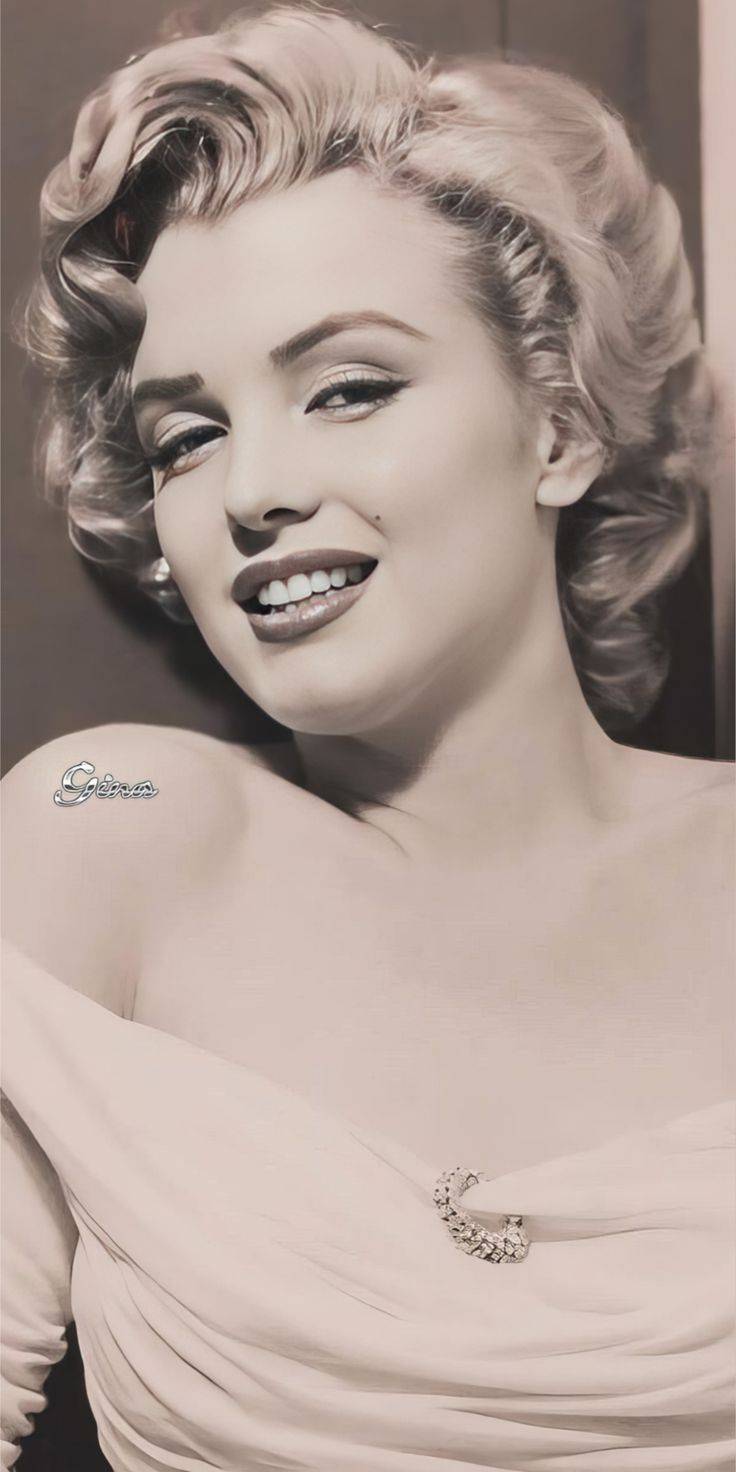Anita Loos’s Gentlemen Prefer Blondes, first published in 1925, remains a sparkling gem of American literature, a satirical romp through the Jazz Age that captures the zeitgeist of the Roaring Twenties with wit, humor, and a keen eye for social commentary. The novel, presented as the diary of the effervescent Lorelei Lee, a self-proclaimed “professional lady†from Little Rock, Arkansas, offers readers a delightful blend of innocence and cunning, wrapped in a narrative voice that is as endearing as it is deceptive. Through Lorelei’s misadventures across New York, London, Paris, and beyond, Loos crafts a story that is both a celebration of feminine agency and a sly critique of the materialism and gender dynamics of her time. The Global Grey ebook edition, published on January 26, 2022, brings this classic to modern readers, preserving its timeless appeal while inviting us to reflect on its enduring relevance.
Lorelei Lee, the blonde bombshell at the heart of the story, is a character who defies easy categorization. On the surface, she appears to be a ditzy gold-digger, preoccupied with diamonds, champagne, and the wealthy men who can provide them. Her diary entries, written in a breezy, grammatically adventurous style, are peppered with malapropisms and misspellings-“intreeged†for intrigued, “salo†for salon-that suggest a lack of formal education. Yet beneath this façade lies a shrewd operator who understands the power of her charm and uses it to navigate a world dominated by men. When a gentleman friend suggests she write down her thoughts, claiming they’d fill a book, Lorelei muses that they’d make “a whole row of encyclopediacs.†This self-awareness, delivered with a wink, sets the tone for a narrative that revels in its own absurdity while subtly mocking the society that enables it.
The story begins in New York, where Lorelei is being “educated†by Gus Eisman, the Button King of Chicago, a man whose wealth and generosity she exploits with cheerful pragmatism. Her days are a repetitive cycle of dinners at the Colony, shows, and late-night talks at the Trocadero, a routine she describes with a mix of boredom and satisfaction. Eisman’s investment in her “brains†is less about intellectual growth and more about keeping her entertained and adorned with gifts, like the emerald bracelet he presents her. Lorelei’s transactional view of relationships is laid bare early on: she values men for what they can offer, whether it’s jewelry, trips to Paris, or social clout. Yet Loos never paints her as a villain; instead, she’s a product of her environment, a woman making the most of the limited avenues available to her.
As Lorelei’s diary unfolds, her adventures take her across the Atlantic, first on the Majestic to London and later to Paris, Vienna, and Budapest. Each locale offers a fresh canvas for her to charm, scheme, and occasionally stumble into trouble. In London, she meets Major Falcon, a British officer who becomes an ally, and Sir Francis Beekman, a wealthy but stingy aristocrat whose diamond tiara Lorelei covets. Her encounter with Fanny Ward, a real-life actress known for her youthful looks, underscores the novel’s playful engagement with celebrity culture. Lorelei’s shopping expeditions-often funded by the men around her-highlight her knack for turning desire into acquisition, whether it’s a child’s hat to save money or a tiara she persuades Beekman to part with.
The trip to Paris, funded by Eisman, introduces a new layer of complexity as Lorelei navigates her budding romance with Henry Spoffard, a pious censor from a wealthy Pennsylvania family. Henry’s proposal, complete with his Amherst class ring instead of a diamond, is a comedic letdown that exposes his frugality and contrasts sharply with Lorelei’s material aspirations. Her friend Dorothy, a sharp-tongued brunette who serves as a foil, urges her to consider Henry’s father instead, imagining a quicker path to widowhood and wealth. Lorelei’s eventual decision to marry Henry, however, is less about love and more about strategy-she sees an opportunity to enter the film industry with the help of Gilbertson Montrose, a scenario writer with grand ambitions.
The novel’s climax sees Lorelei orchestrating her life post-wedding, turning Henry’s family into a makeshift film crew while she collaborates with Montrose on a scenario about Dolly Madison. Her ability to keep everyone happy-Henry with his Welfare League, his father with studio visits, his mother with a role as Carmen-reveals her as the puppet master of her own narrative. The diary ends with Lorelei reflecting on her happiness in making others happy, a sentiment that feels both genuine and ironic given the chaos she’s sown along the way.
What makes Gentlemen Prefer Blondes so compelling is Loos’s masterful use of satire. Through Lorelei’s voice, she skewers the excesses of the Jazz Age-its obsession with wealth, status, and appearances-while simultaneously celebrating the ingenuity required to thrive in such a world. Lorelei’s misadventures are a funhouse mirror reflecting the era’s gender norms: men hold the purses, but women like Lorelei wield the power to empty them. Her insistence on “improving her mind†through books she rarely reads and conversations she barely follows is a running gag that mocks the superficiality of self-improvement fads. Yet there’s an underlying pathos to her character-she’s a survivor, shaped by a past that includes a trial for shooting a predatory boss, a detail she reveals with surprising nonchalance.
The novel’s structure as a diary adds to its charm, offering an intimate, unfiltered peek into Lorelei’s thoughts. Her run-on sentences and tangential asides-“I mean I always think that it is much more educational to talk to a boy like Fred who has been through a lot and really sufferedâ€-mimic the rhythm of spoken gossip, drawing readers into her confidence. Loos’s decision to let Lorelei narrate her own story ensures that we see the world through her rose-tinted, slightly skewed lens, a perspective that’s both hilarious and revealing.
For modern readers, the Global Grey edition serves as a bridge to this bygone era, complete with a cover featuring a pastel portrait from a 1919 McClure’s magazine. Julie, the curator behind Global Grey, frames the ebook with a personal note, emphasizing the labor of love that goes into preserving such works. It’s a fitting touch for a novel that’s all about the art of presentation-Lorelei, after all, is nothing if not a master of curating her own image.
Gentlemen Prefer Blondes endures because it’s more than a period piece; it’s a timeless exploration of ambition, identity, and the performance of femininity. Lorelei Lee may chase diamonds and dupe her suitors, but she’s also a woman carving out a space for herself in a man’s world. Loos’s satire bites gently, leaving us laughing at the absurdity of it all while rooting for her heroine’s improbable triumphs. Nearly a century after its debut, this tale of a blonde with brains-or at least the cunning to convince everyone she has them-still glitters as brightly as the jewels Lorelei so adores.


